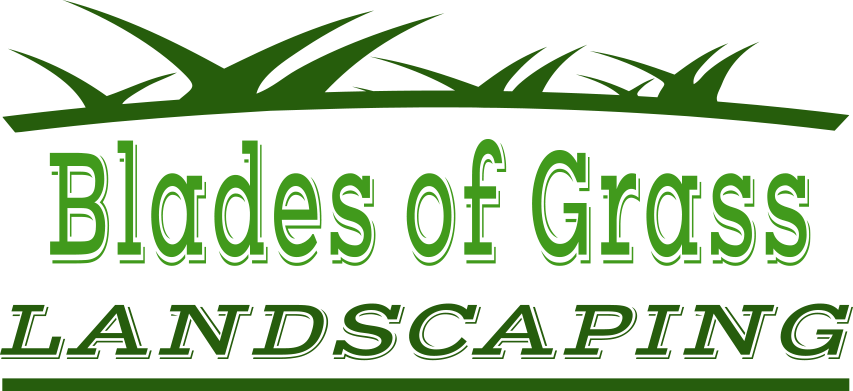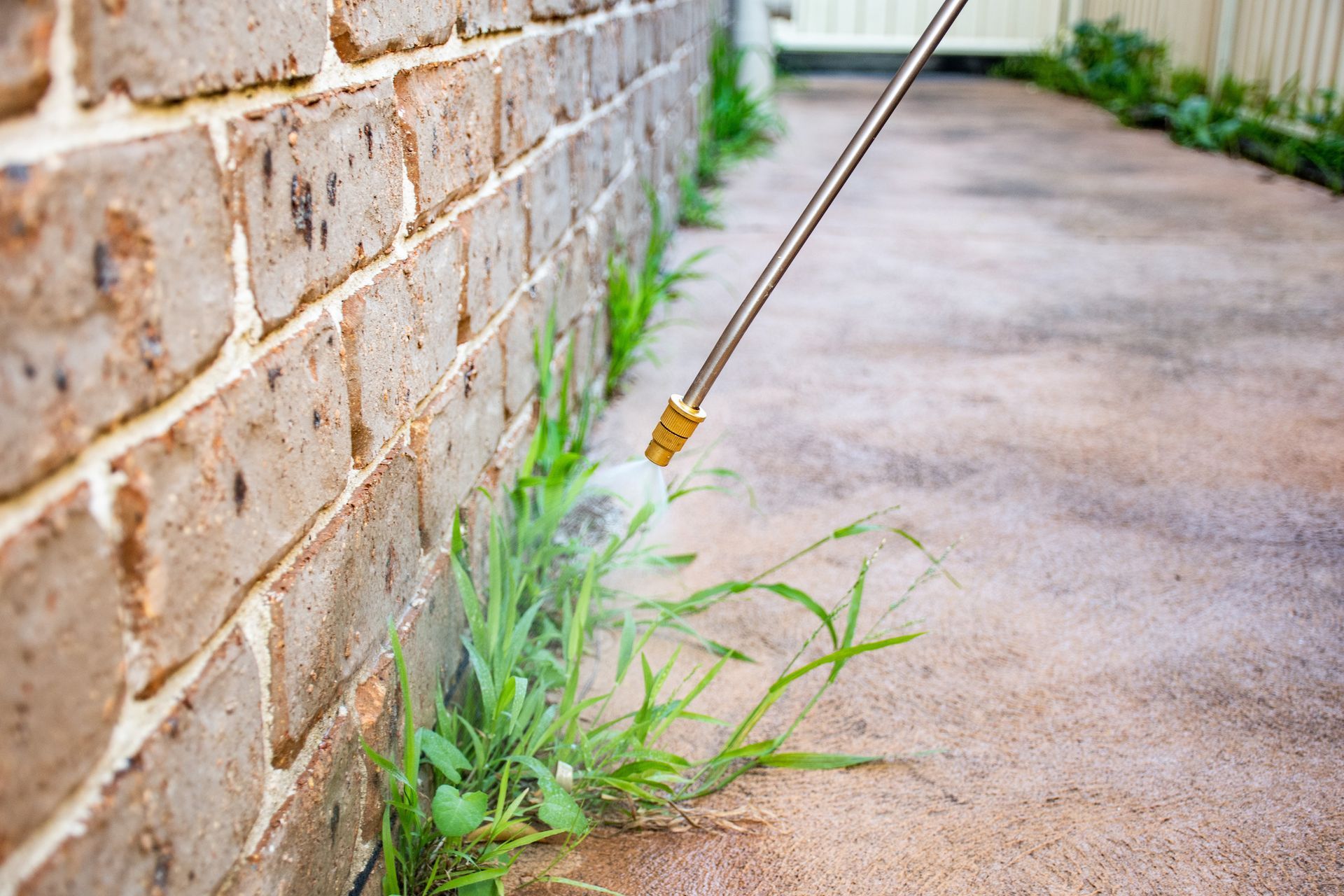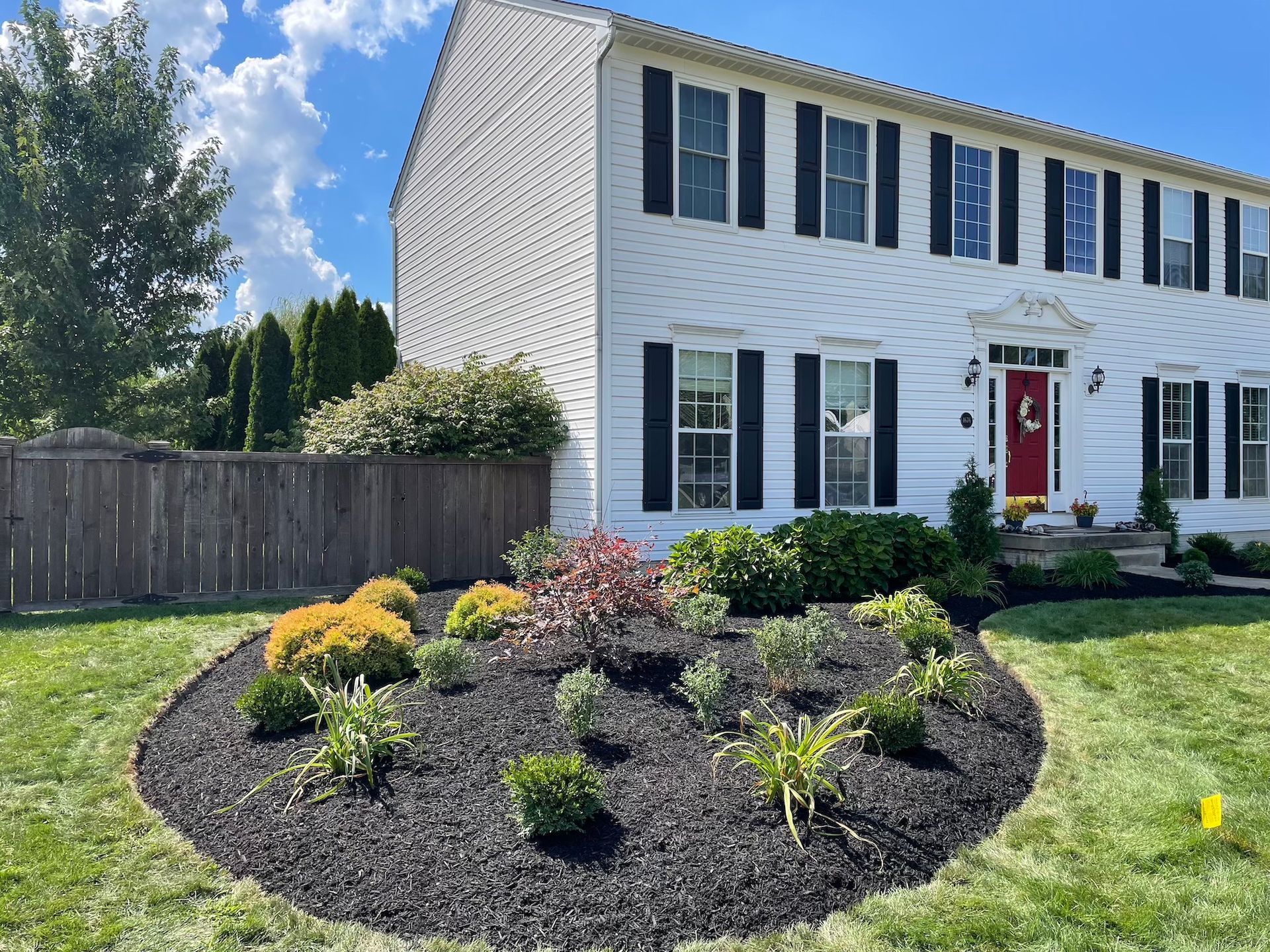Lawn Mowing Guidelines for Northern Ohio
Proper mowing practices are one of the most important steps in keeping your lawn healthy, green, and resilient throughout the growing season. In Northern Ohio, our weather patterns of cold winters, rainy springs, and hot summers create unique challenges. Following these guidelines will help you achieve the best results for your lawn.
Recommended Mowing Height
- Cool-season grasses (such as Kentucky bluegrass, perennial ryegrass, and fine fescues) dominate Northern Ohio lawns.
- The ideal mowing height is 3.0–4.0 inches.
- Taller grass helps shade the soil, conserves moisture, and prevents weed growth.
- Never cut more than one-third of the grass blade in a single mowing.
Mowing Frequency
- Spring & Fall: Lawns grow quickly in cool weather; mow once every 5–7 days.
- Summer: Growth slows in hot weather; mow every 7–10 days as needed.
- Late Fall: Continue mowing until growth stops.
Make the final cut slightly shorter, around 2.5 inches, to reduce the risk of snow mold during winter.
Mowing Patterns
- Alternate mowing directions each time you mow.
- Changing the pattern prevents soil compaction and reduces ruts from mower wheels.
- For best results, overlap mowing passes slightly to avoid missed strips.
Grass Clippings
- Leave clippings on the lawn whenever possible. They decompose quickly, returning valuable nutrients to the soil.
- Remove clippings only if they are excessively heavy or clumped, which could smother the turf.
Equipment Tips
- Keep mower blades sharp for a clean cut that reduces turf stress.
- Mow only when the grass is dry to prevent clumping and turf damage.
- Adjust mower height seasonally, but avoid scalping the lawn.
Seasonal Considerations in Northern Ohio
- Spring: Rapid growth means frequent mowing; watch for soft, wet soils to avoid rutting.
- Summer: Raise mowing height to the upper range (3.5–4.0 inches) to help grass withstand heat and drought.
- Fall: Continue regular mowing until the first hard frost.
- Winter: Do not mow dormant grass. Avoid walking on frozen turf to prevent crown damage.
Benefits of Proper Mowing
- Healthier, denser turf that resists weeds and pests.
- Improved drought and heat tolerance during Ohio’s hot summers.
- Reduced risk of lawn diseases like snow mold and brown patch.
- A greener, more attractive yard for your home or business.
At Blades of Grass Landscaping, we follow these best practices to keep your lawn thriving year-round. Our mowing programs are designed specifically for the Northern Ohio climate, ensuring your property always looks its best.
Lawn Mowing Quick Tips for Northern Ohio
- Mowing Height: Keep grass at 3–4 inches. Taller grass shades soil and prevents weeds.
- Rule of Thirds: Never cut off more than one-third of the blade at once.
- Frequency: Spring/Fall → mow every 5–7 days; Summer → mow every 7–10 days; Last mow in fall → cut to ~2.5 inches.
- Clippings: Leave them on the lawn to recycle nutrients (bag only if clumped).
- Patterns: Change mowing direction each time to avoid ruts.
- Blades: Keep mower blades sharp for a clean cut.
- Conditions: Mow only when grass is dry.
- Summer Care: Raise mower to 3.5–4 inches to protect from heat and drought.
- Fall/Winter: Keep mowing until growth stops; avoid walking on frozen grass.
Blades of Grass Landscaping uses these proven mowing practices to keep Northern Ohio lawns green, healthy, and beautiful all season long.





